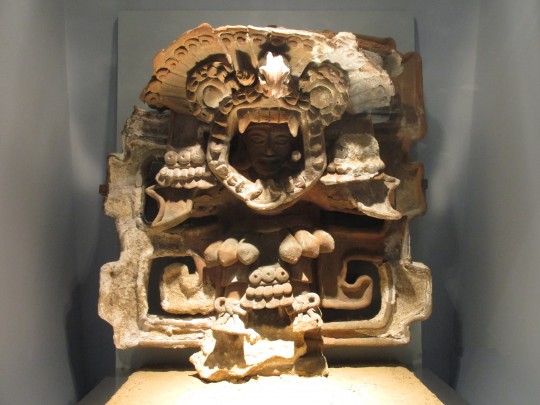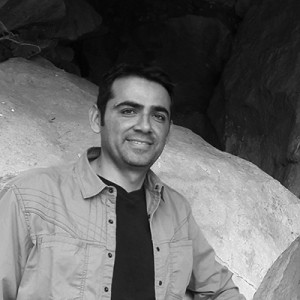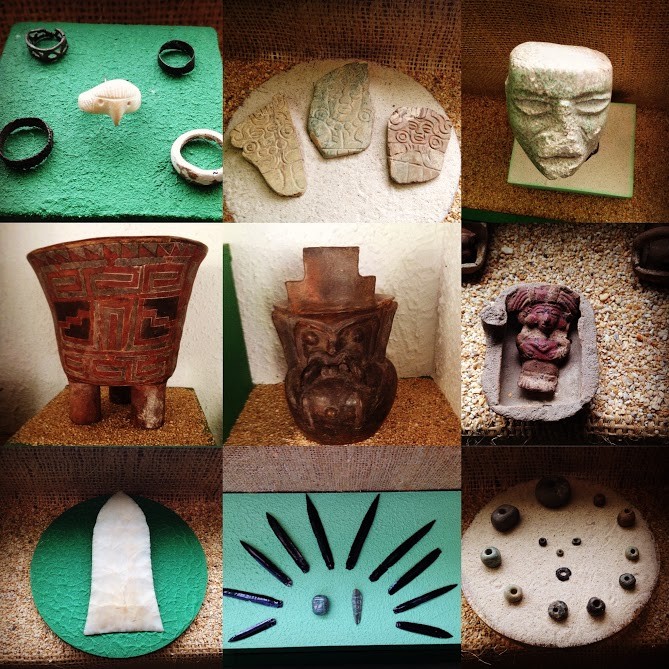When visiting the Cacaxtla-Xochitecatl archeological site it is essential to enter the two site museums. With the benefit of a sound curatorial brief and exhibition design, the extensive information presented here gives visitors a good understanding of the development of this important settlement.
The Xochitecatl museum houses an interesting collection of archaeological pieces from the site’s two periods of occupation: the Formative (800-100 BC) and the Epiclassic (650-900 AD). There are noteworthy objects relating to everyday life, the exploitation of human labor and aspects of ritual. Of special interest are the female figurines found at the foot of the Pyramid of the Flowers, which were among the offerings left in the years 632 to 774 BC in honor of the gods Xochiquetzal and Tlazolteotl, as part of fertility, maternity and rain rituals.
The Cacaxtla museum was built with the intention of bringing the public closer to archeological collections and to expose the mural paintings to more detailed inspection. It has two sections covering themes related to the occupations in the Formative and Epiclassic periods. One of the attractions is looking at the life-size copies of the different murals from Cacaxtla including the Jaguar Man, the figures from the Building A doorpost, the aquatic scenes from the Red Temple and the Scorpion Man from the Temple of Venus. Even though the original murals have been preserved for more than 1,000 years, the copies allow visitors to see these great works in much more detail, particularly people with special needs.
A number of finds from the site’s archeological excavations are also displayed, including nearby chance finds. There is a Formative period basalt sculpture from Xochitecatl hill at the museum entrance. Inside visitors can see a variety of ornaments, ceramics, shell and obsidian objects. There are two remarkable ceremonial urns which depict ritual scenes, highlighting the central role of certain individuals as promoters of the cosmological and social order. The robes worn by these individuals include complex headdresses with mythological beings, even though they are surrounded by other personalities, musical instruments, plants and animals. Then there are the Lords of Cacaxtla: 11 clay ritual sculptures from the Epiclassic period who personify gods who are also richly dressed, including representation of Xipe and Tlaloc. Finally there are several copies of maps and codices from the viceregal period.










